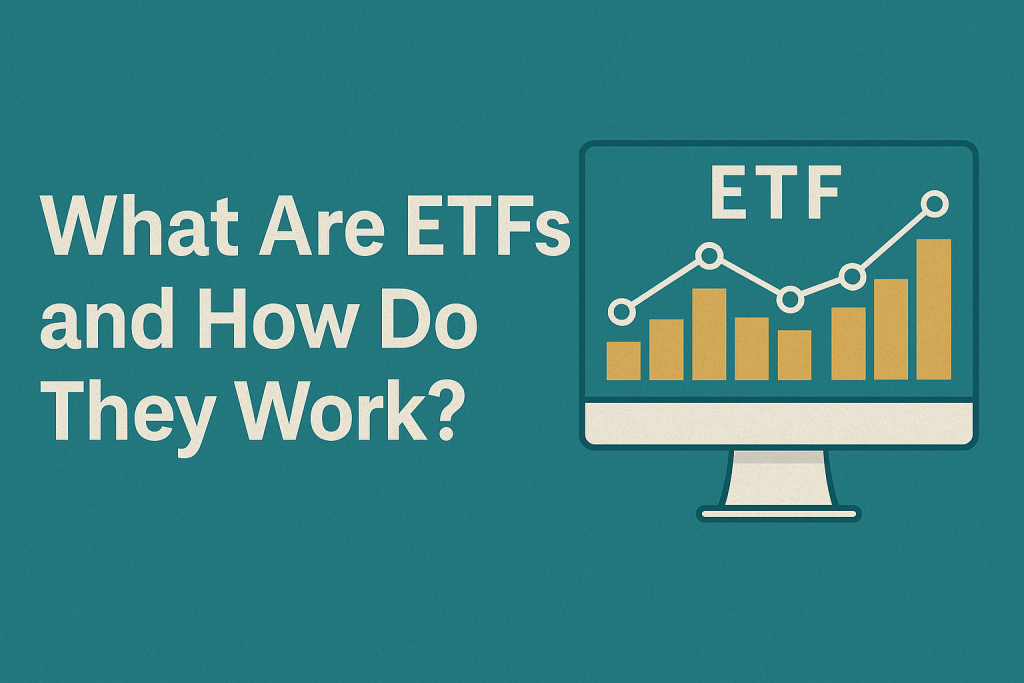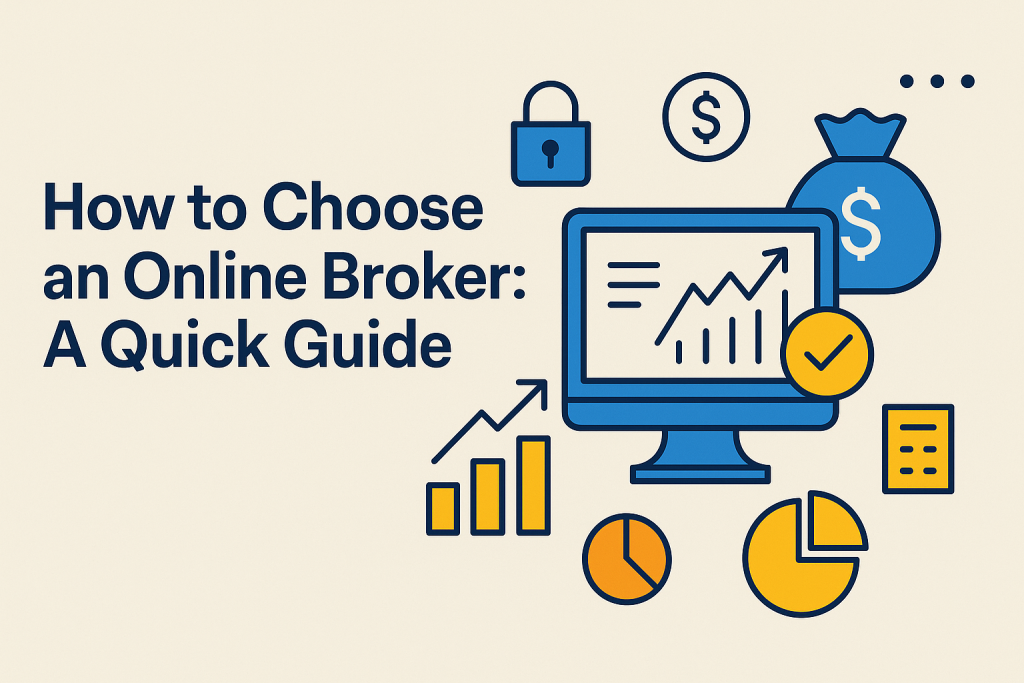If you’re looking for a simple way to diversify your investments, you’ve likely come across ETFs. But what exactly are they, and how do they fit into a smart investment strategy? In this guide, we’ll have ETFs explained in plain language, break down how they work, and share the basics of ETF investing. Whether you’re a beginner or just curious about exchange-traded funds, this article has you covered.
What Is an ETF?
ETF stands for Exchange-Traded Fund. Simply put, an ETF is a basket of investments—like stocks, bonds, or other assets—that you can buy and sell on a stock exchange, just like individual stocks. Exchange-traded funds are designed to give you exposure to a wide range of assets without having to purchase each one individually.
For example, if you buy an S&P 500 ETF, you’re investing in a fund that holds all 500 companies in the index. This makes ETFs a popular choice for investors seeking diversification, low costs, and flexibility.
How Do ETFs Work?
1. Traded Like Stocks
Unlike mutual funds, which are priced once a day, ETFs can be bought and sold throughout the trading day at market prices. This gives investors flexibility to react to market changes in real time.
2. Diversification in a Single Purchase
One of the key benefits of ETF investing is instant diversification. When you buy an ETF, you’re purchasing a share of a fund that holds many different assets. This helps spread risk across multiple investments, reducing the impact of poor performance by any single stock or bond.
3. Low Fees
ETFs typically have lower fees than actively managed funds, making them a cost-effective option for many investors. Most ETFs track an index and don’t require active management, which keeps expenses down.
4. Transparency and Flexibility
Most ETFs publish their holdings daily, so you always know exactly what you own. Additionally, because they trade on an exchange, ETFs can be bought or sold at any time during market hours, allowing you to adjust your portfolio as needed.
Types of ETFs
There are many different types of ETFs to suit various investment goals. Some common categories include:
- Stock ETFs: Track the performance of a specific index or sector.
- Bond ETFs: Provide exposure to fixed-income assets like government or corporate bonds.
- Sector and Thematic ETFs: Focus on specific industries, such as technology, healthcare, or clean energy.
- International ETFs: Invest in markets outside your home country for global diversification.
Is ETF Investing Right for You?
ETF investing is a great option for beginners and experienced investors alike. It offers a simple, low-cost way to build a diversified portfolio, whether you’re saving for retirement, a home, or other long-term goals. However, like all investments, ETFs carry risks—market fluctuations, interest rate changes, and economic conditions can affect their value.
Before investing, make sure to understand the risks, research the ETFs that align with your goals, and consider how they fit into your overall investment plan.
Final Thoughts
With ETFs explained in this guide, you’re now better equipped to explore exchange-traded funds as part of your investment strategy. By understanding how ETFs work and what they offer, you can make informed decisions to grow your wealth over time. Remember, investing is a long-term journey—start small, stay consistent, and review your portfolio regularly to ensure it aligns with your financial goals.


